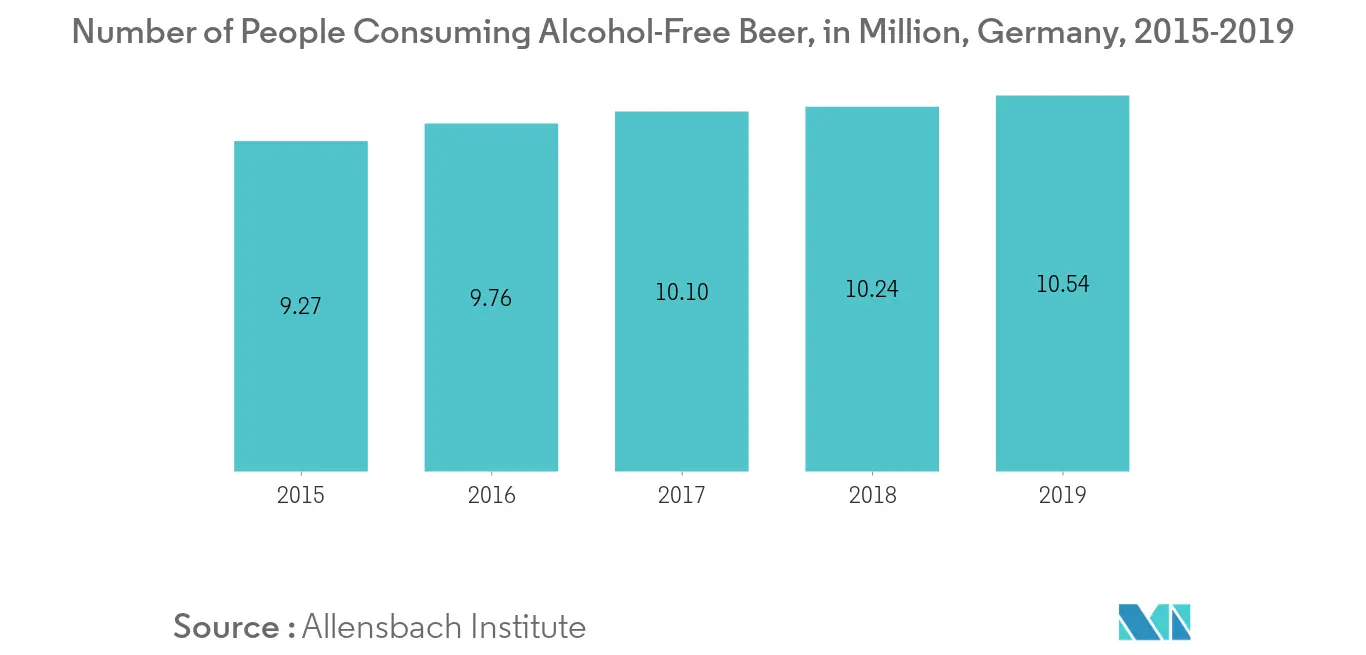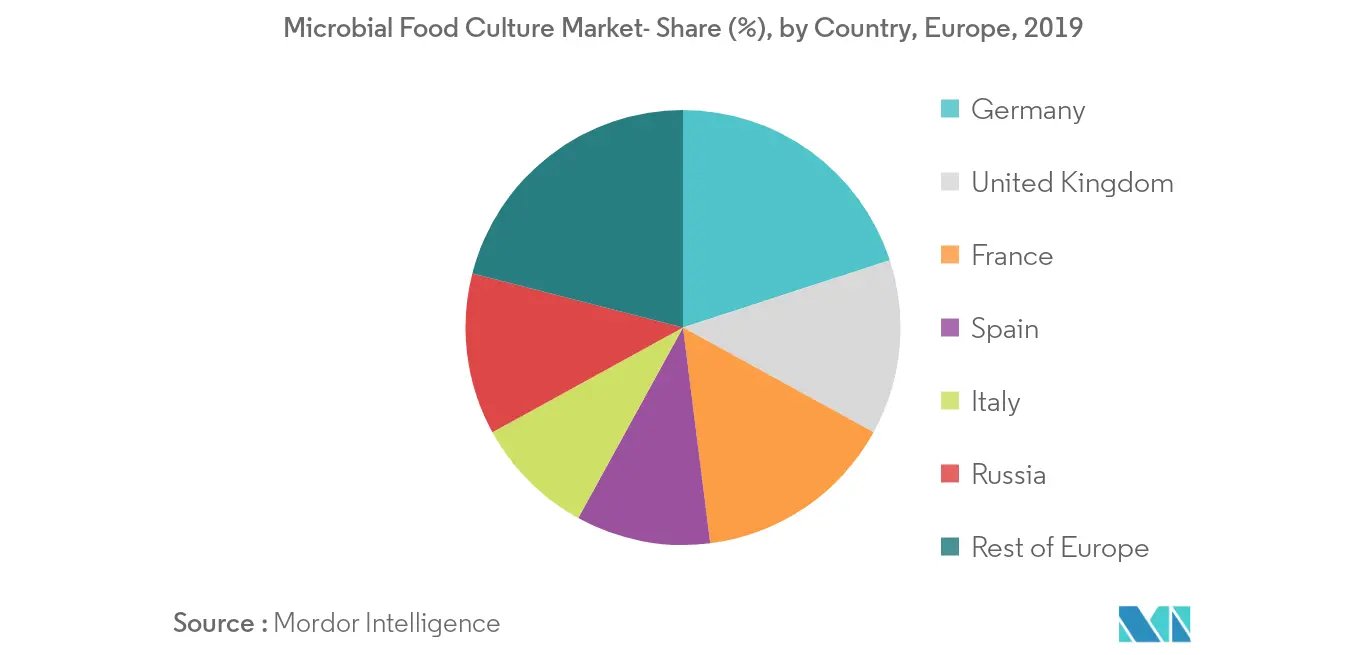Market Trends of Europe Microbial Food Culture Industry
This section covers the major market trends shaping the Europe Microbial Food Culture Market according to our research experts:
Wider Application from Core Industries
The food processing sector is growing with the presence of various new fermented offerings owing to the increasing customer demand for product differentiations and the added benefits of extended shelf life. Low alcohol beer is thriving in Europe and a shift toward low alcohol options is building momentum in the United States as well; consumers are clearly showing a more pro-active adoption of healthier drinking habits and with it a desire to consume delicious alternatives to alcohol. Thus players are introducing cultures specific for low alcohol beer. For example, Chr. Hansen has introduced NEER™ yeast. The factor behind the concept is that this unique strain, which was found in wine and beer through the ages but was previously unnoticed, consumes only a small part of the sugar but still finds a way to produce high levels of esters, which define that great beer flavor. Instead of removing alcohol, this new technology produces just the right amounts of alcohol and esters.

Germany Forms a Significant Market
Germany holds a prominent share of the European microbial culture market, owing to the presence of the matured food processing sector. Distinctive microbial cultures aid high organic growth of products, especially in dairy products. Chr. Hansen in 2017, launched more than 1000 dairy products made of microbial cultures to produce sustainable products. The online retailing of the cultures has also triggered the market in the country. DSMZ, a Leibniz institute, offers over 70,000 bioresources, including microbial culture for researchers from academia and industry.


